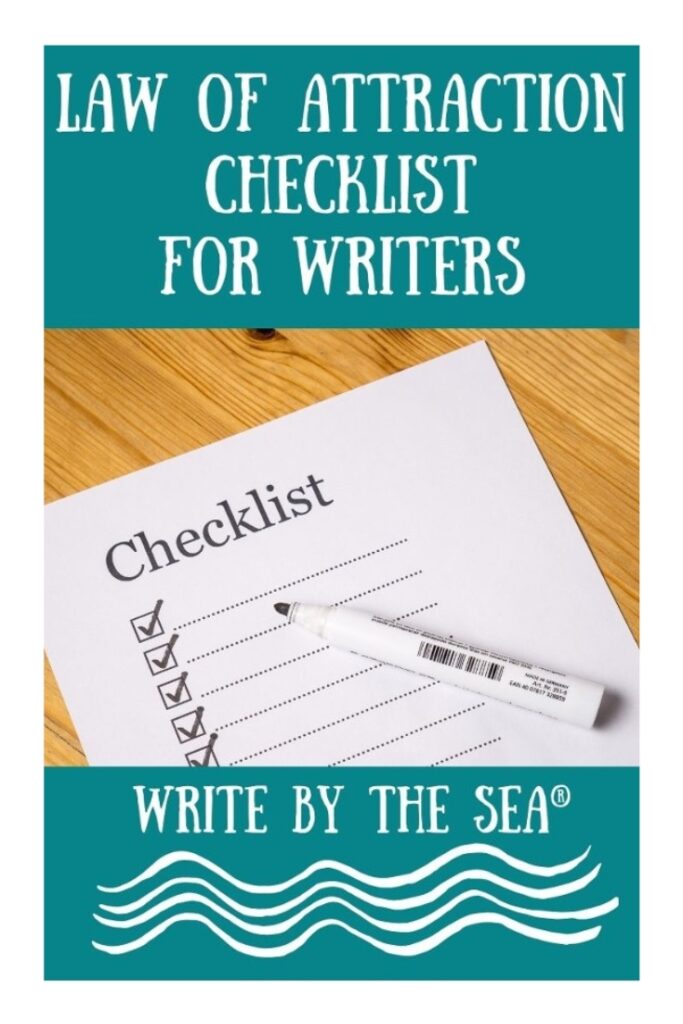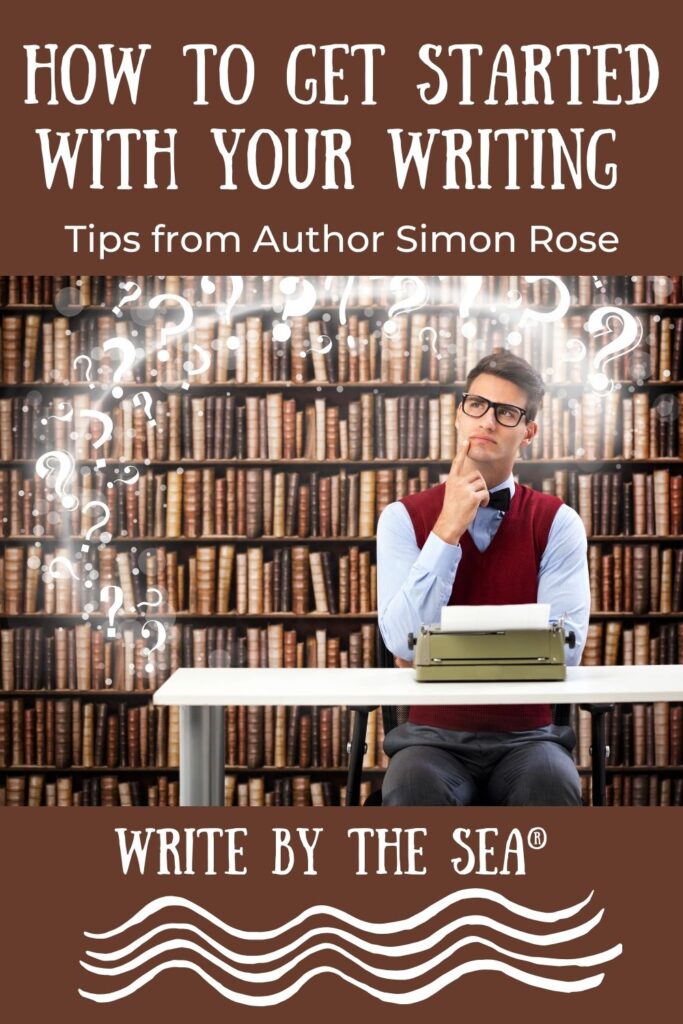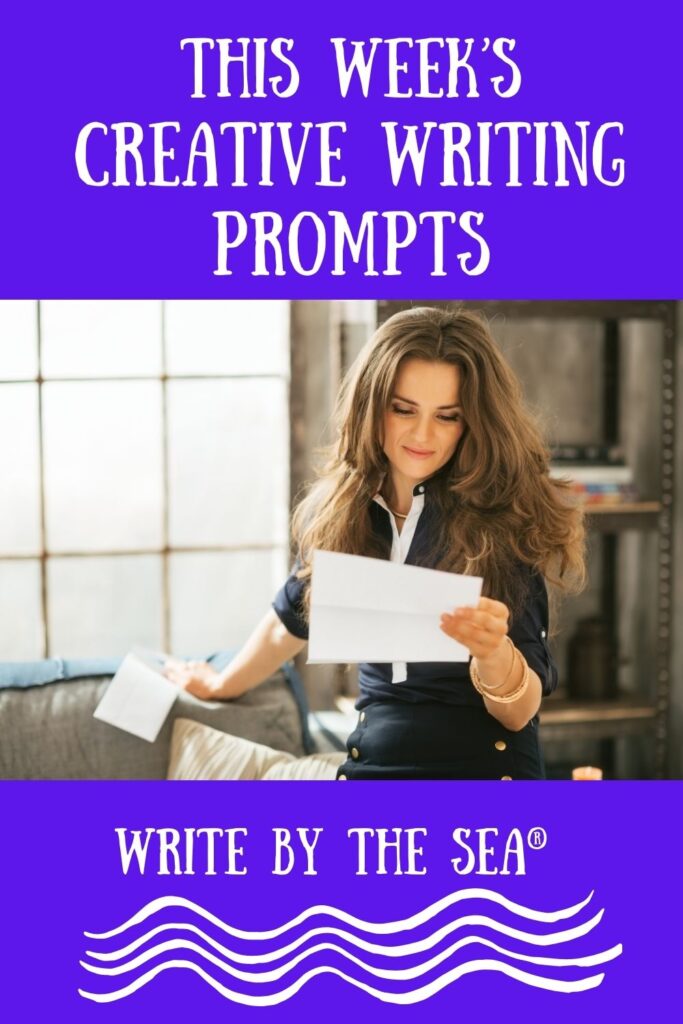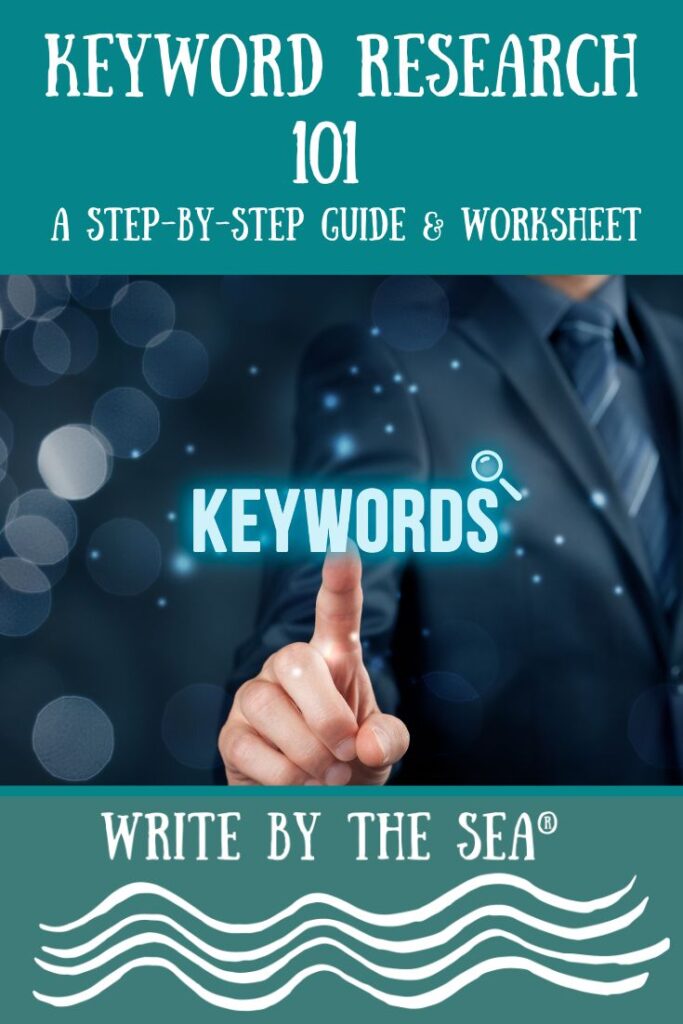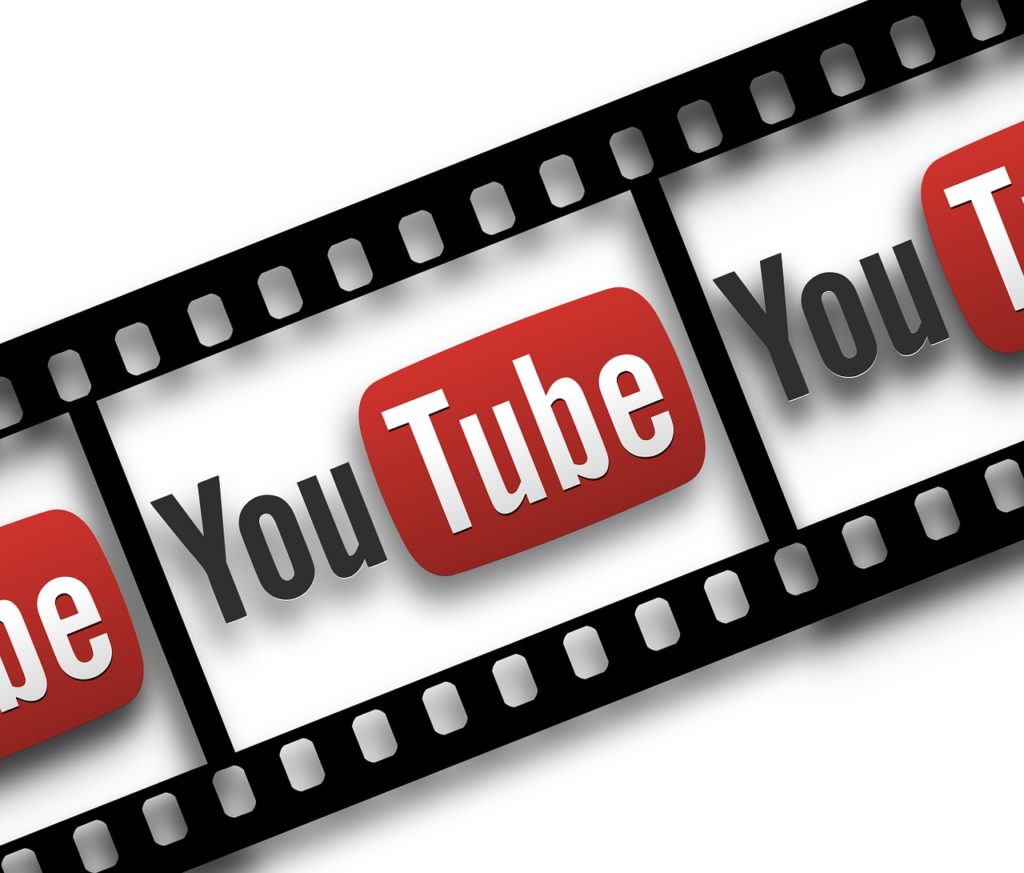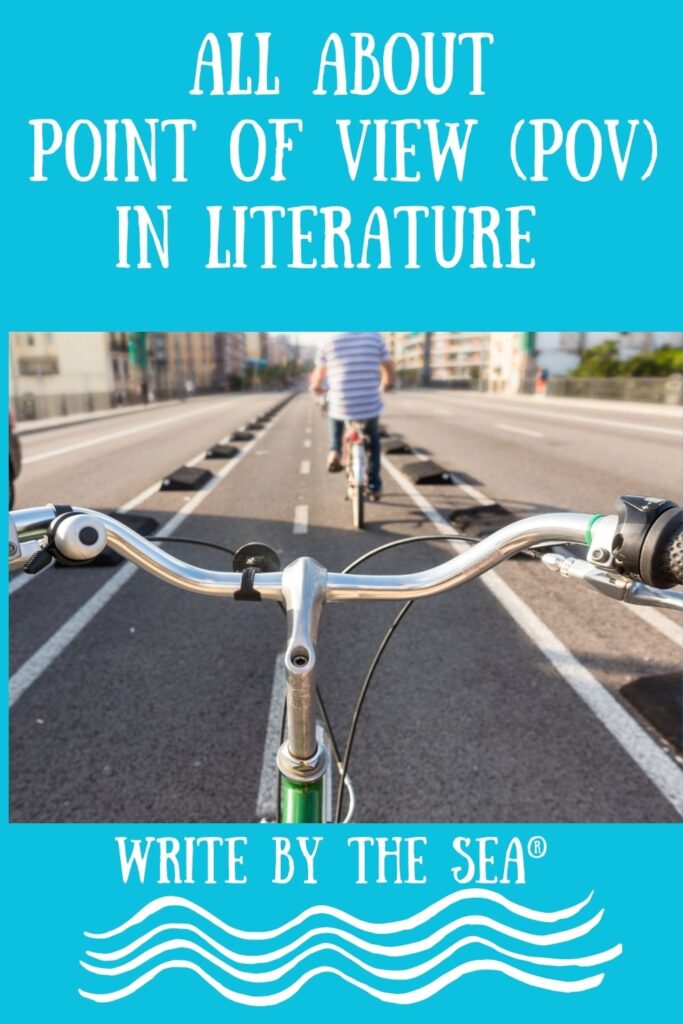
In fiction, point of view (POV) is the perspective from which a story is told.
The main types of POV are first person, second person, and third person, each with its own advantages and limitations.
Let’s take a closer look at each of these.
#1. First Person Point of View
Definition: When a story is told from a first person point of view, the narrator is a character within the story, using “I” or “we” to tell the story from their perspective.
Advantages:
Readers get direct access to the narrator’s thoughts, feelings, and perceptions, creating a strong emotional connection.
Personal and Unique Voice: The narrative voice can be distinctive and unique, reflecting the character’s personality and experiences.
Immediate and Immersive: The reader experiences events as the narrator does, making the story feel immediate and engaging.
Limitations:
Limited Perspective: The reader only knows what the narrator knows and sees, which can limit the understanding of other characters and events.
Bias and Unreliability: The narrator’s personal biases and potential unreliability can affect the accuracy and completeness of the story.
Single Viewpoint: The story is confined to the narrator’s perspective, which can restrict the exploration of different viewpoints.
2. Second Person Point of View
Definition: With this point of view, the narrator addresses the reader directly using “you,” making the reader a character in the story.
Advantages:
Engagement and Immersion: This POV can create a sense of involvement and immersion, as the reader is directly addressed and becomes part of the story.
Unique and Memorable: It’s an unconventional approach that can make the narrative stand out and feel unique.
Direct Interaction: It can create a direct and intimate interaction between the narrator and the reader.
Limitations:
Challenging to Sustain: Maintaining a consistent and believable second-person story can be difficult and may feel contrived or artificial.
Limited Appeal: It can be jarring or off-putting for some readers who prefer more traditional POVs.
Narrow Scope: It may limit the depth of the story, as the focus is on the reader’s experience rather than a broader perspective.
3. Third Person Point of View
Definition: The narrator is outside the story, referring to characters as “he,” “she,” “they,” or by their names. Third person can be omniscient, limited, objective., or close.
A. Third Person Omniscient:
Advantages:
All-Knowing Perspective: The narrator has access to the thoughts, feelings, and experiences of all characters, providing a comprehensive view of the story.
Complex Plot and Subplots: It allows for the exploration of multiple characters and storylines, making it suitable for complex narratives.
Depth and Breadth: The narrative can delve deeply into various aspects of the story, offering a rich and layered experience.
Limitations:
Distance from Characters: The reader may feel less connected to individual characters due to the broad and detached perspective.
Information Overload: The abundance of information can be overwhelming if not managed carefully.
Potential for Confusion: Switching between characters’ thoughts and experiences can be confusing if not done smoothly.
B. Third Person Limited:
Advantages:
Focused Perspective: The story is told from the viewpoint of one character (or a few), allowing for deeper character development and a more focused narrative.
Balance of Insight and Mystery: Readers gain insight into the protagonist’s mind while still experiencing the mystery and suspense of other characters’ motives and actions.
Flexibility: It offers a balance between the intimacy of first person and the broader scope of third person omniscient.
Limitations:
Limited Knowledge: The narrator only knows what the chosen character knows, which can limit the overall understanding of the story.
Potential Bias: The perspective can be biased towards the focal character’s viewpoint, affecting the portrayal of other characters and events.
Restriction: The narrative is confined to the experiences and perceptions of the limited character(s).
C. Third Person Objective:
Advantages:
Neutral and Unbiased: The narrator reports events and dialogue without delving into characters’ thoughts or feelings, offering a neutral and unbiased perspective.
Journalistic Style: It resembles journalistic reporting, which can create a sense of realism and objectivity.
Interpretation Freedom: Readers have the freedom to interpret characters’ actions and motivations without narrator influence.
Limitations:
Lack of Emotional Insight: The absence of internal thoughts and feelings can make it harder for readers to connect with characters on an emotional level.
Detached Narrative: The story may feel detached or impersonal due to the lack of internal perspective.
Limited Depth: The narrative may lack depth and complexity, as it focuses solely on observable actions and dialogue.
D. Third Person Close (or Close Third Person):
Advantages:
Deep Dive: The narrative closely follows one character’s inner thoughts and feelings, much like first person but with third-person pronouns.
Emotional Insight: Provides deep emotional insight while still offering a third-person perspective.
Versatile and Engaging: Balances intimacy and flexibility, allowing the narrative to focus tightly on a character while still maintaining some distance.
Limitations:
Character-Centric: Still limited to one character’s experiences and knowledge, which can restrict the overall view.
Potential Bias: Close alignment with one character’s thoughts can introduce bias.
Narrative Consistency: Maintaining the closeness without slipping into first person can be challenging.
Choosing the right POV depends on the story’s goals, the desired reader experience, and the complexity of the narrative.
Each POV offers unique opportunities and challenges that can significantly impact the storytelling process.
Now, before you go, if you haven’t subscribed to The Morning Nudge, be sure to do that now, so you get our Law of Attraction Checklist for Writers and free access to our Private Resource Library for Writers, as well as a short email every weekday morning to help you manifest your writing dreams!

